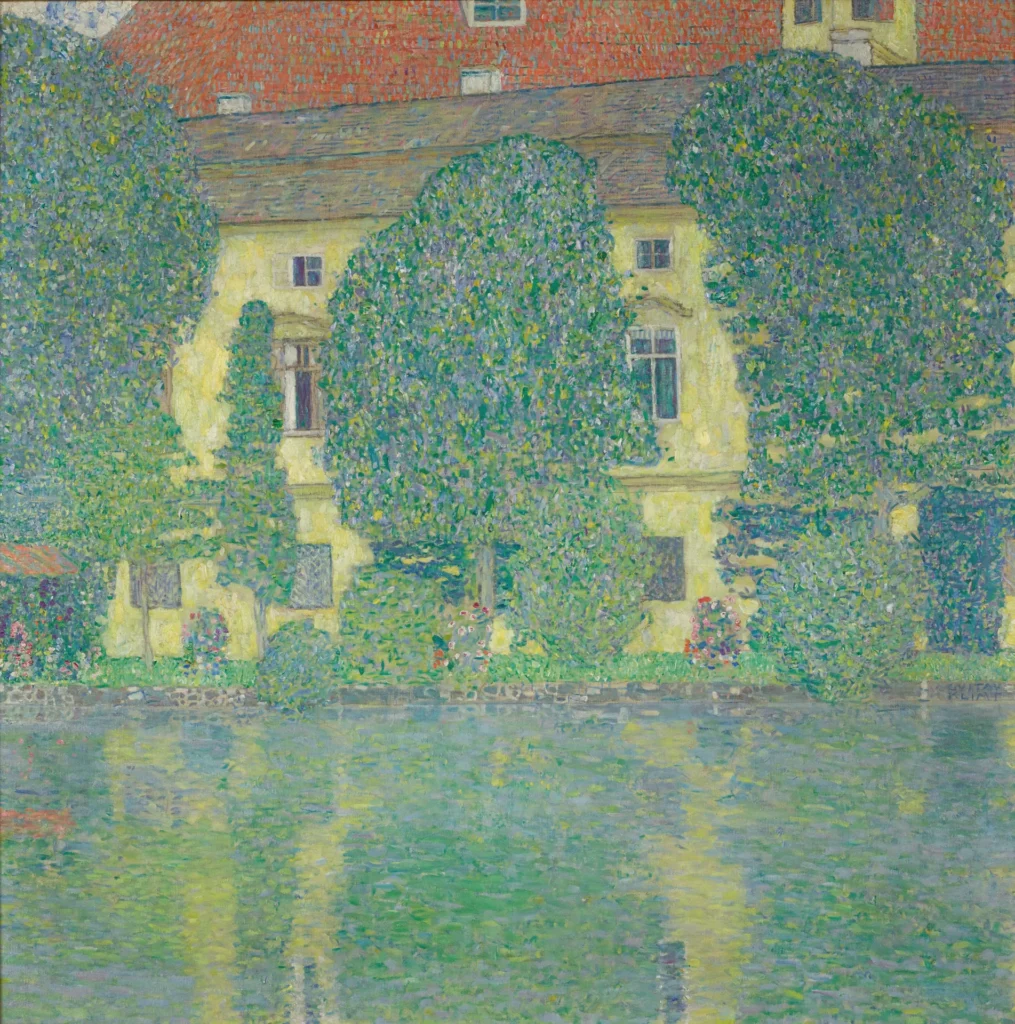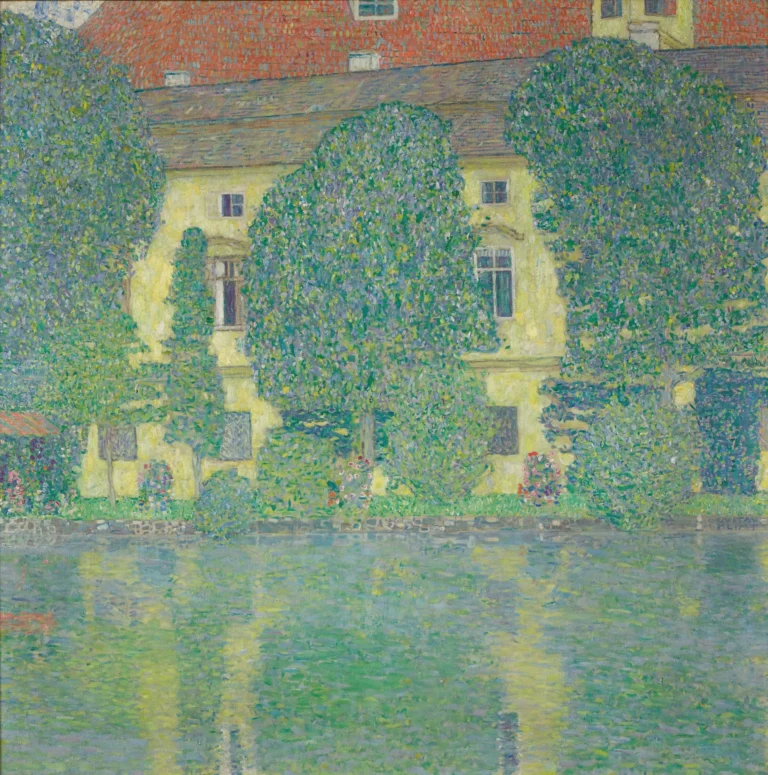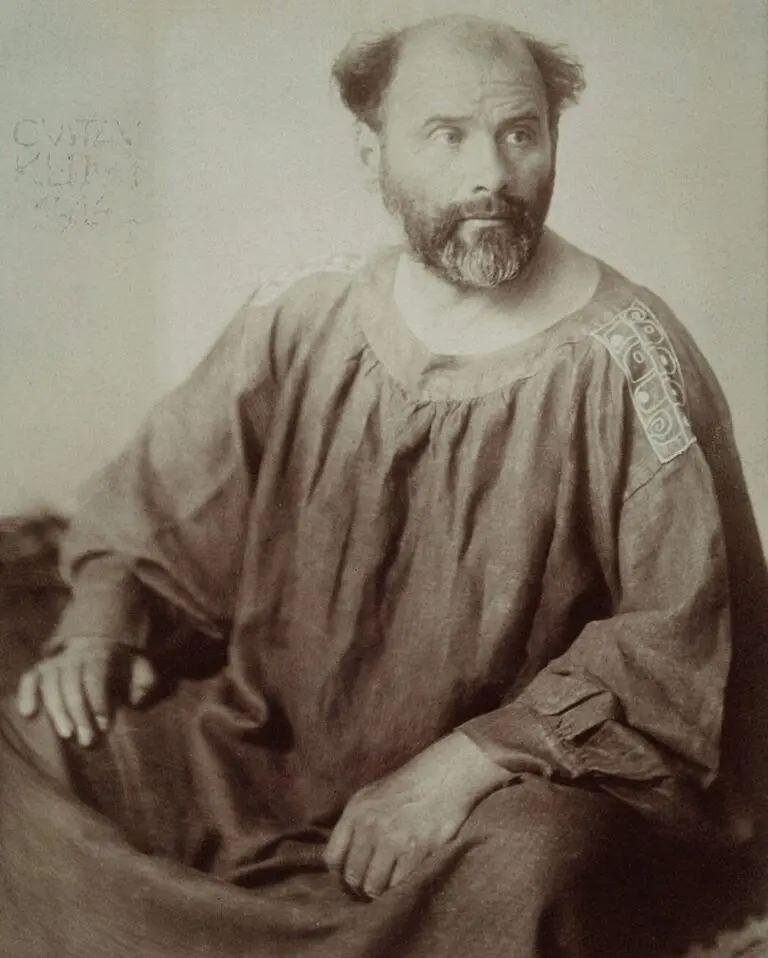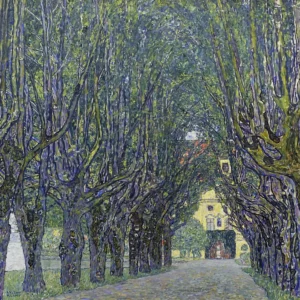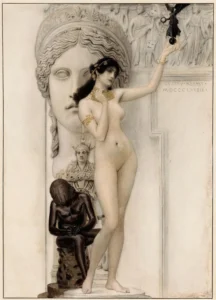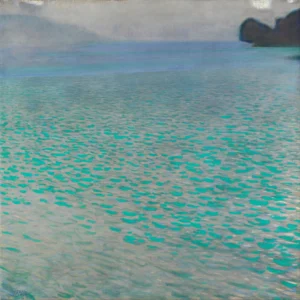Schloss Kammer am Attersee III (1909-1910)
Created by renowned artist Gustav Klimt, Schloss Kammer am Attersee III is a vibrant landscape painting depicting the picturesque Schloss Kammer, a castle situated on the shores of Lake Attersee. Painted with oil on canvas, Klimt employed his unique Art Nouveau style, showcasing a fragmented composition that highlights the castle's beauty from a unique distance achieved through a telescope. This piece is emblematic of Klimt's later works, where he reinterpreted landscapes with an intimate and innovative perspective.
1909 - 1910
About the Artwork
Did You Know
Liked what you see? Add it to your collection.
Enjoyed reading? Share it.
... continued
Location and Inspiration
The painting depicts Schloss Kammer, a 17th-century castle located on a peninsula protruding into Lake Attersee in Austria. Klimt painted this scene from the opposite shore of the lake, using a telescope to overcome the distance and achieve a close-up composition.
Style and Technique
The painting is characterized by Klimt's Art Nouveau (Modern) style, which was typical of his late works. Klimt used oil on canvas for this piece, and it is notable for its fragmented composition, where the foreground and background, including the sky and horizon, are often not visible. This technique was common in Klimt's landscape paintings, where he would artificially zoom in on the subject using binoculars or a telescope.
Dimensions and Location
The painting measures 110 x 110 cm and is currently housed at the Belvedere in Vienna, Austria.
Context
During the summers from 1908 to 1912, Klimt and the Flöge family would rent Villa Oleander in Kammer near Schörfling on Lake Attersee. This villa offered a charming view of Schloss Kammer, which Klimt captured in several paintings from different viewpoints.
Original Location
Klimt's meticulous use of the telescope allowed him to stay very close to the actual topography of the scene, making it possible to precisely determine the original location of the painting today.




